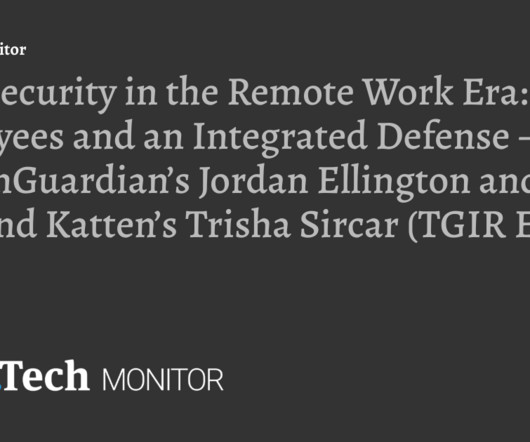Five privacy issues of the advertising industry to take care of
Legal IT Group
OCTOBER 23, 2023
They use machine learning and artificial intelligence algorithms to analyze large amounts of data and optimize ad placement. Dynamic advertising content, real-time bidding (RTB), a complex mechanism of simultaneous interaction between different players (Publishers, SSPs, DSPs, DMPs, CMPs, etc.),




















Let's personalize your content